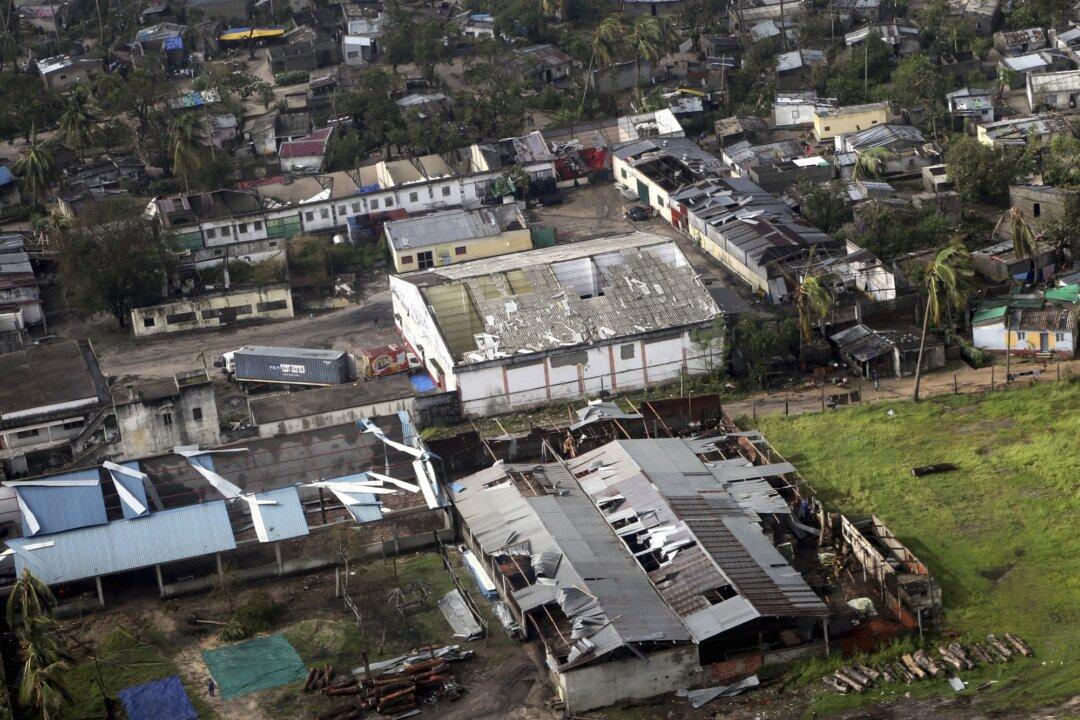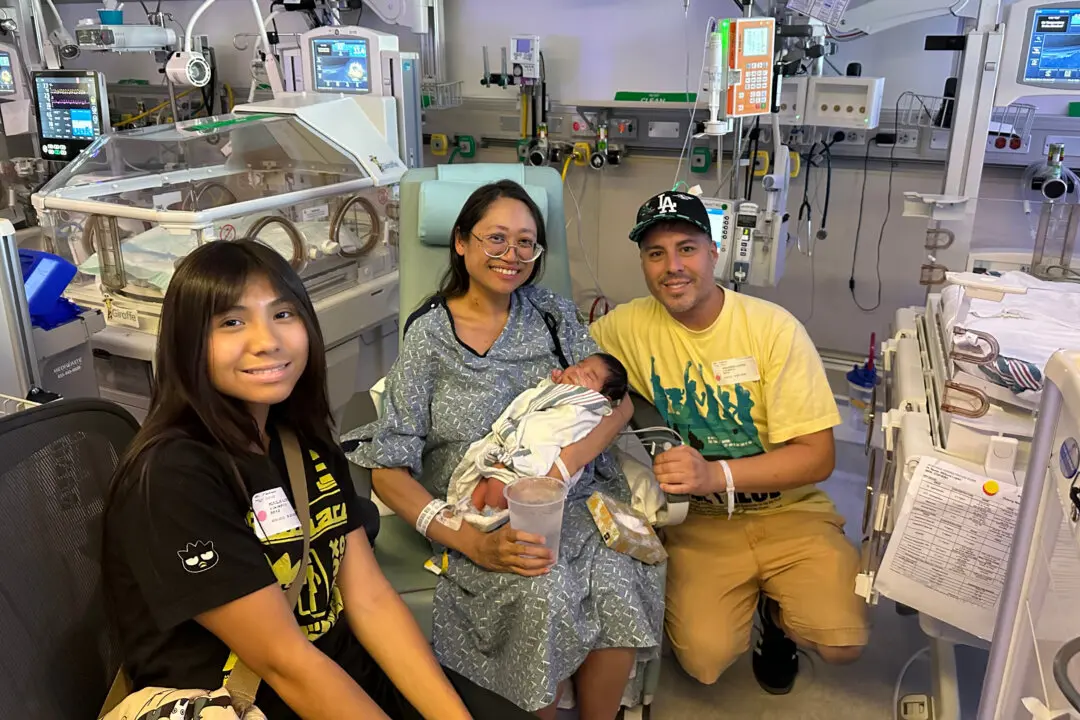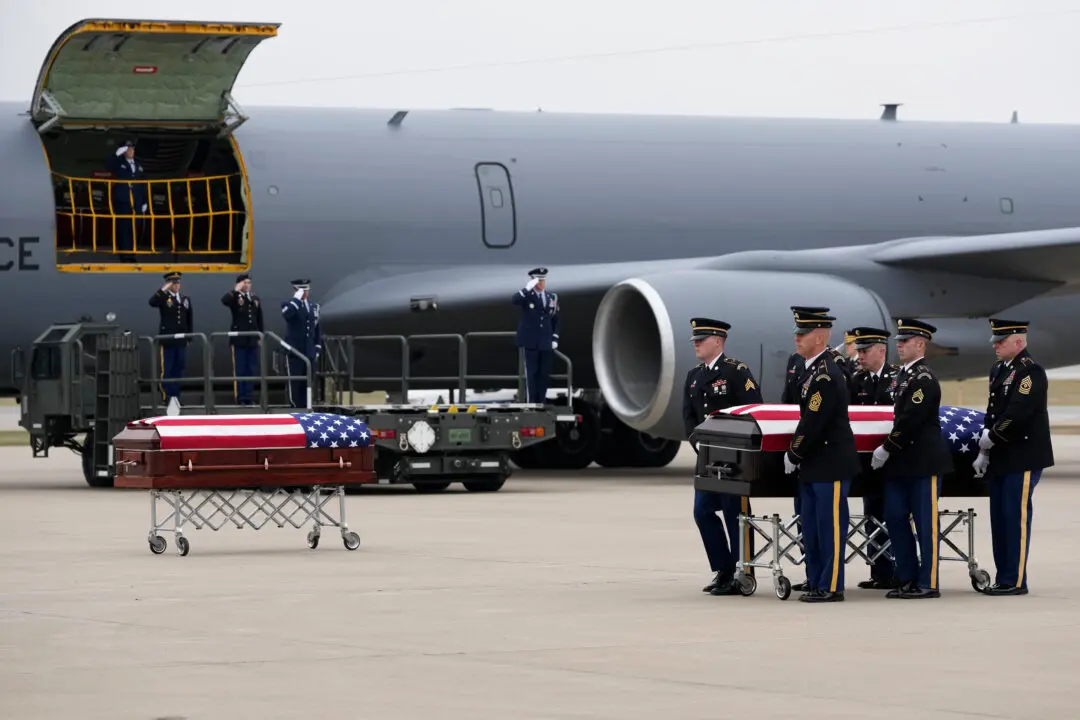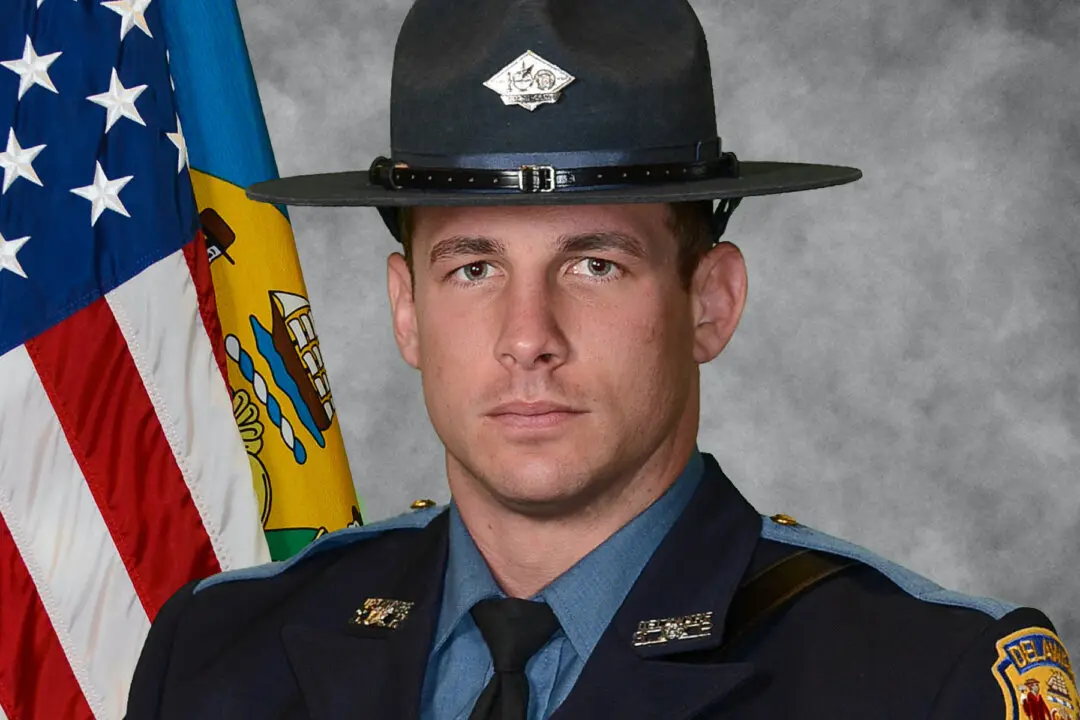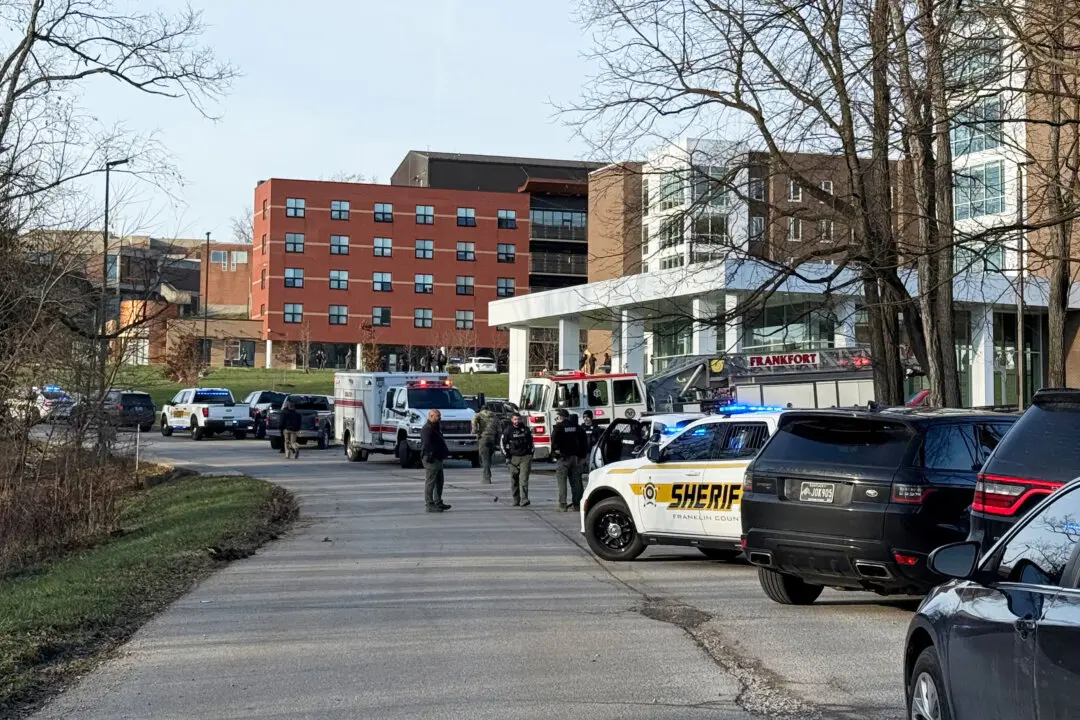BEIRA, Mozambique—As flood waters began to recede in parts of Mozambique on Friday, March 22, fears rose that the death toll could soar as bodies are revealed.
The number of deaths could be beyond the 1,000 predicted by the country’s president earlier this week, said Elhadj As Sy, the secretary-general of the International Federation of Red Cross and Red Crescent Societies
